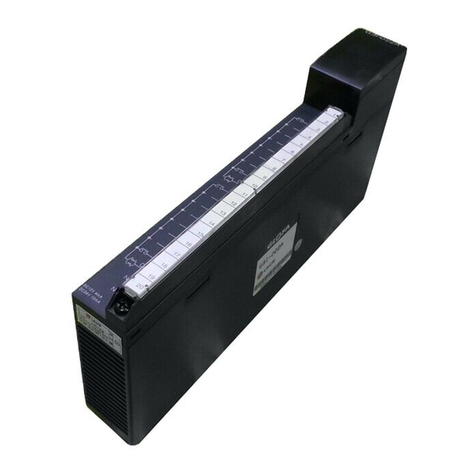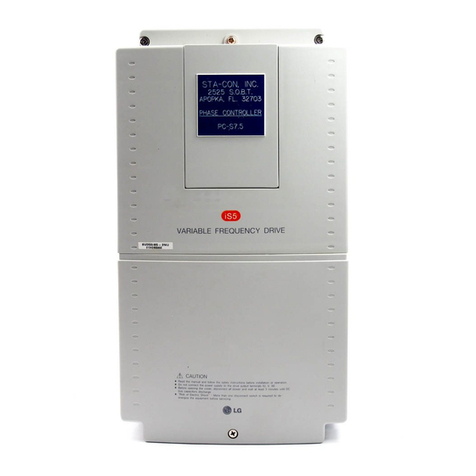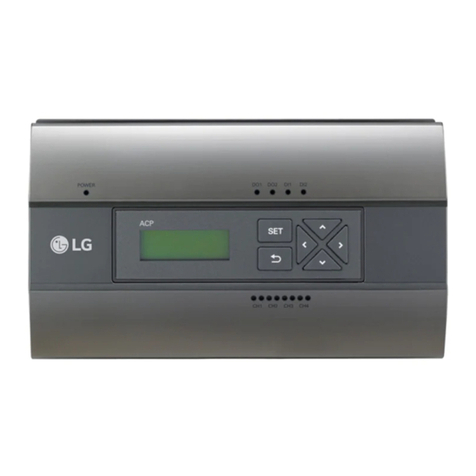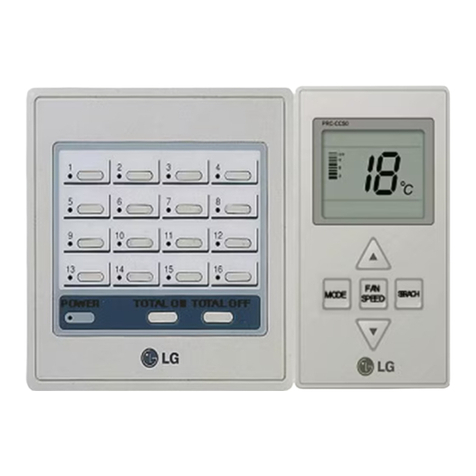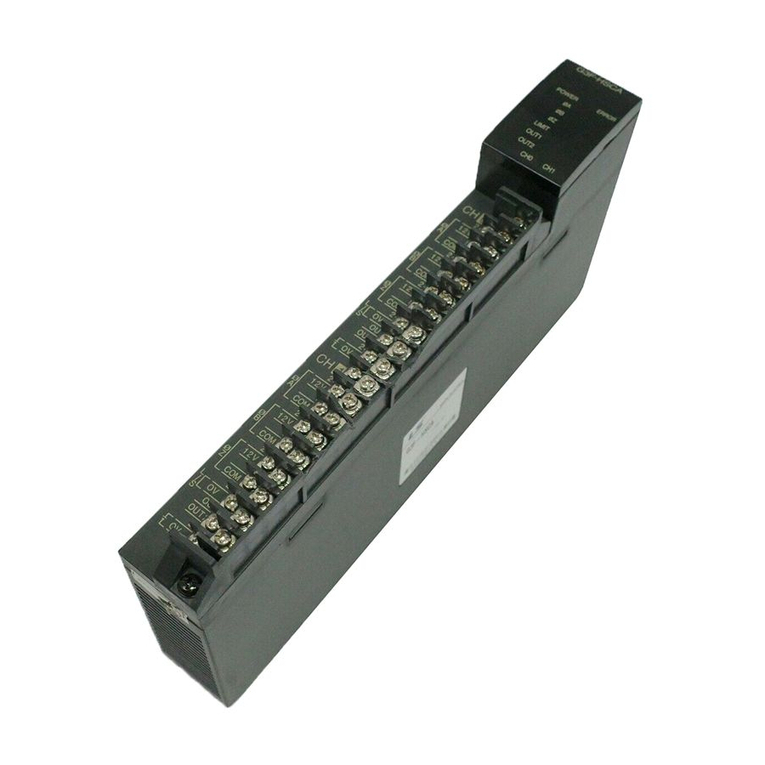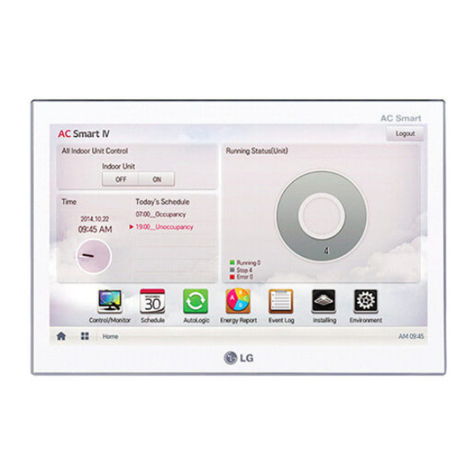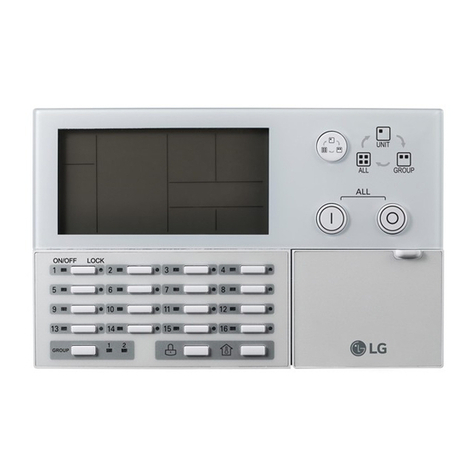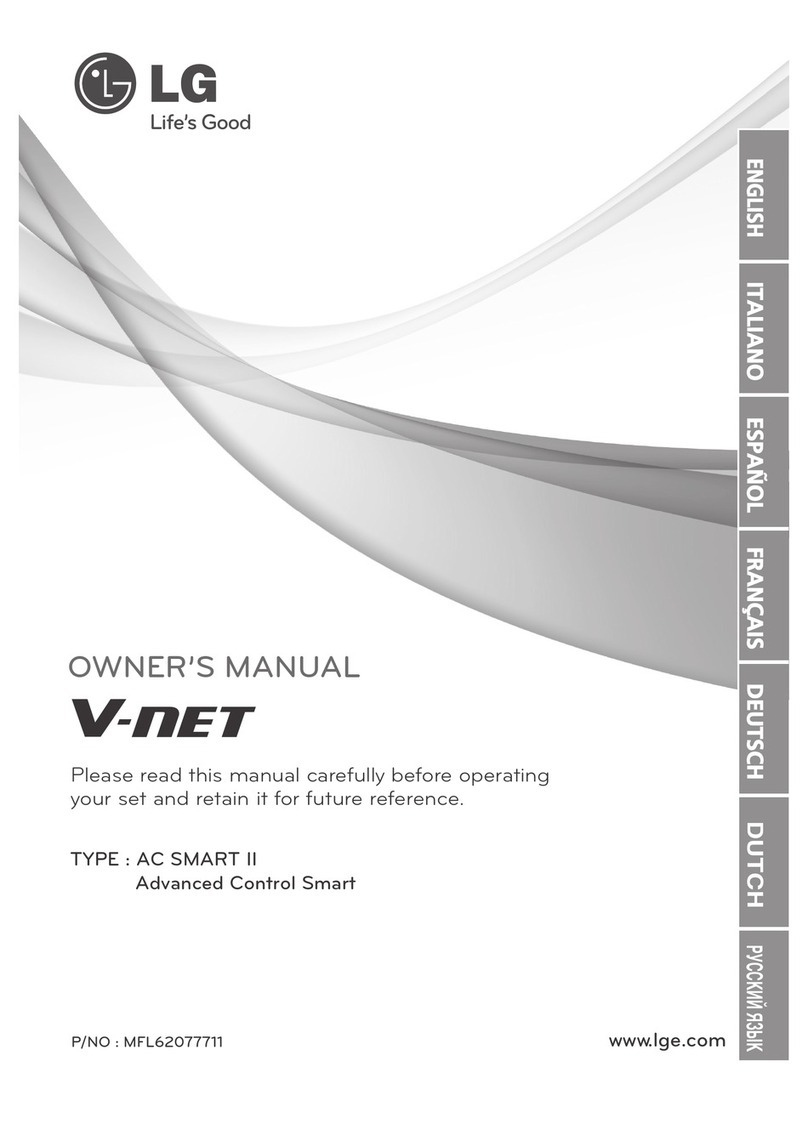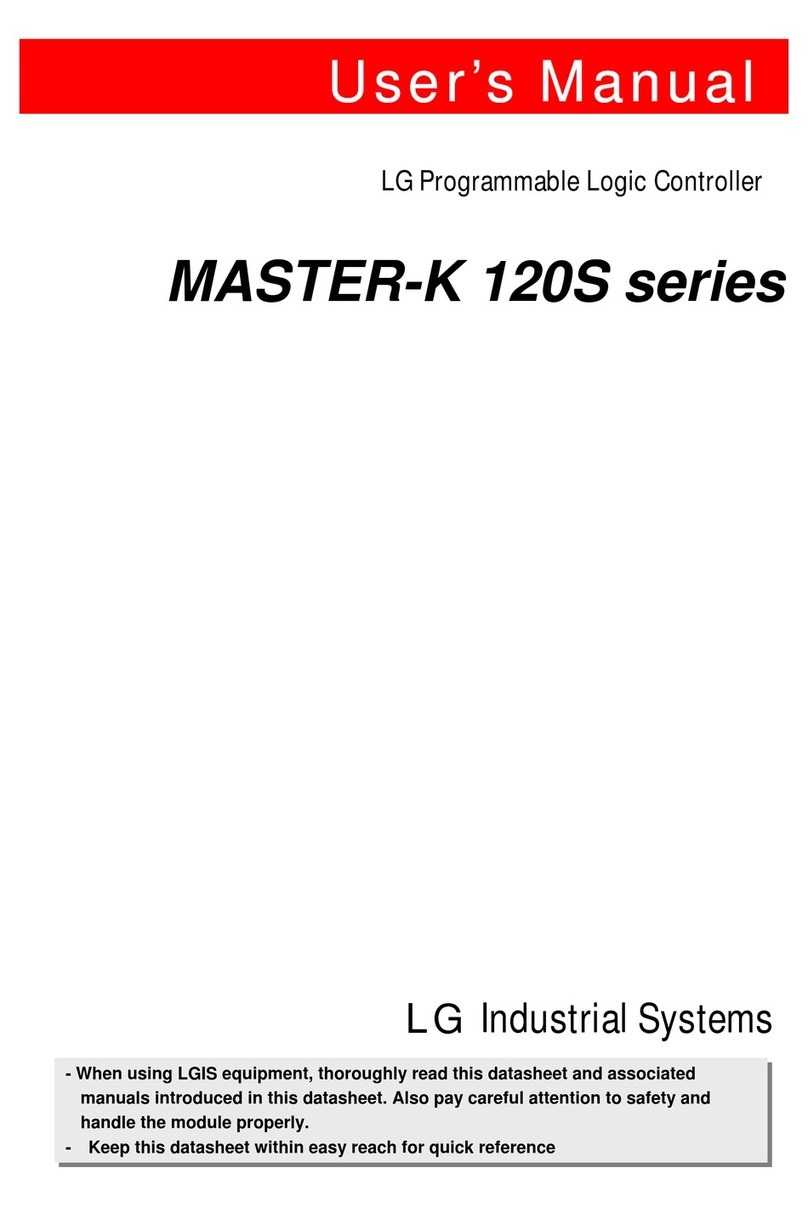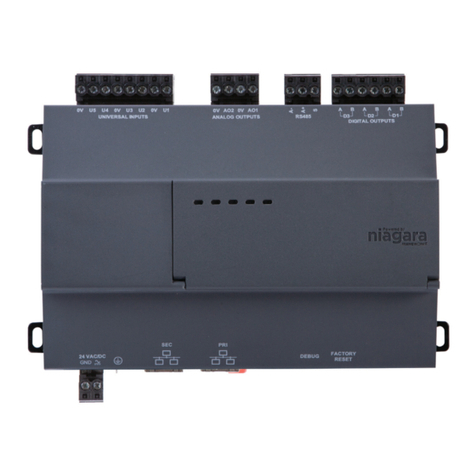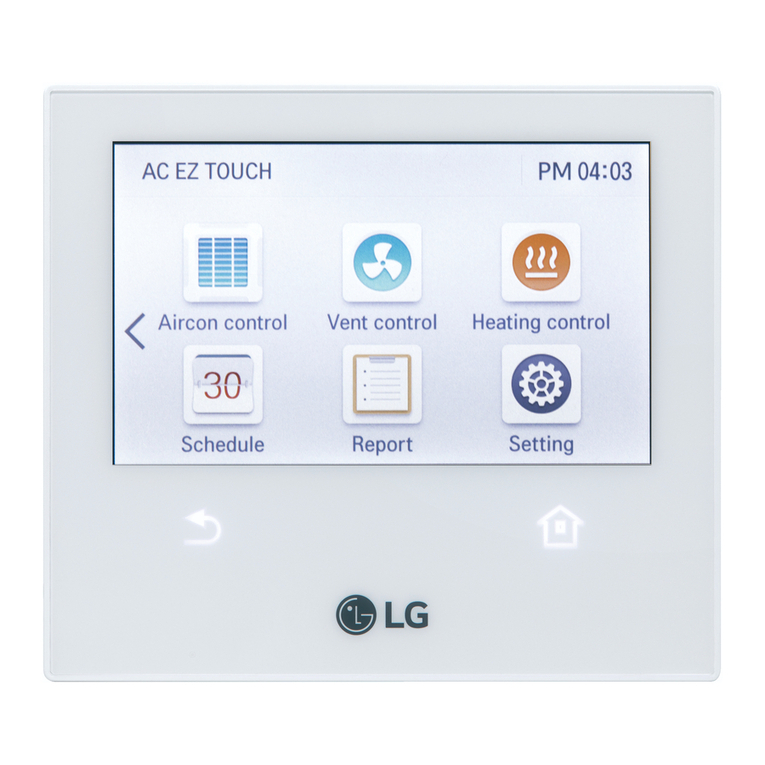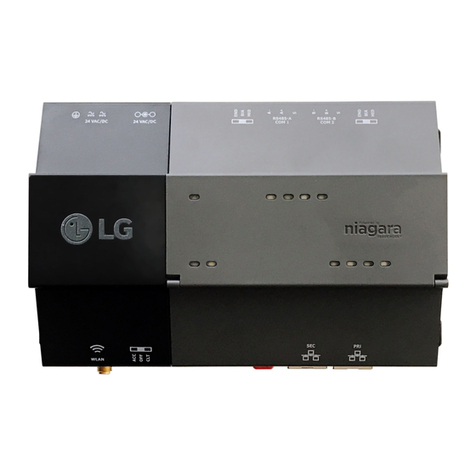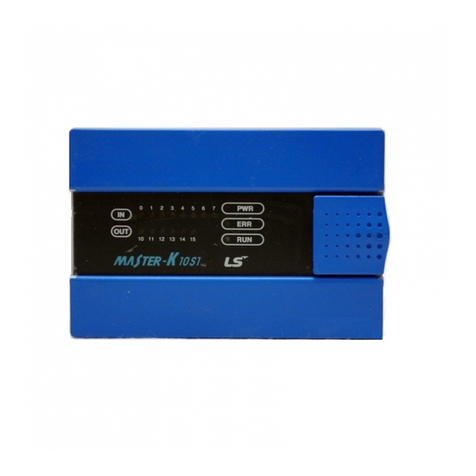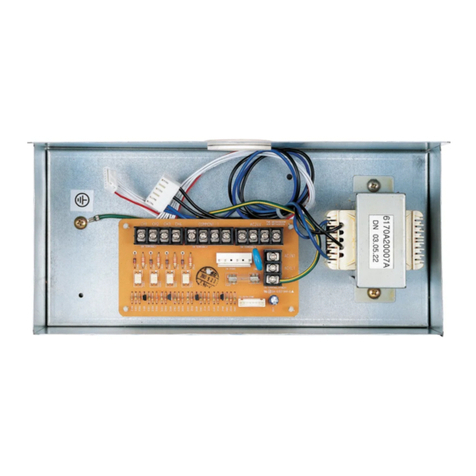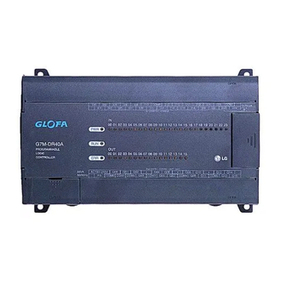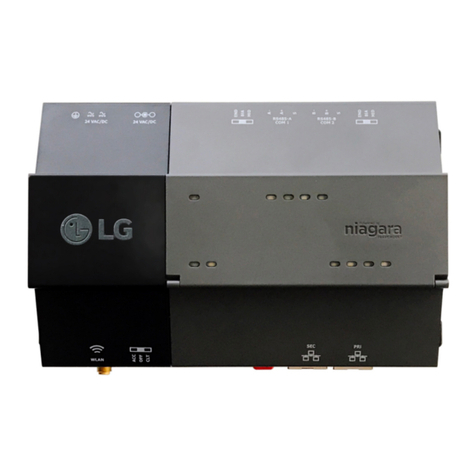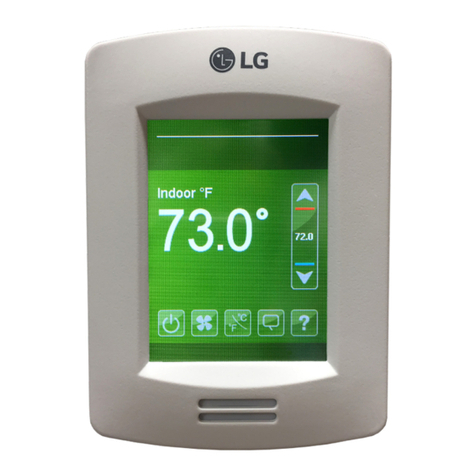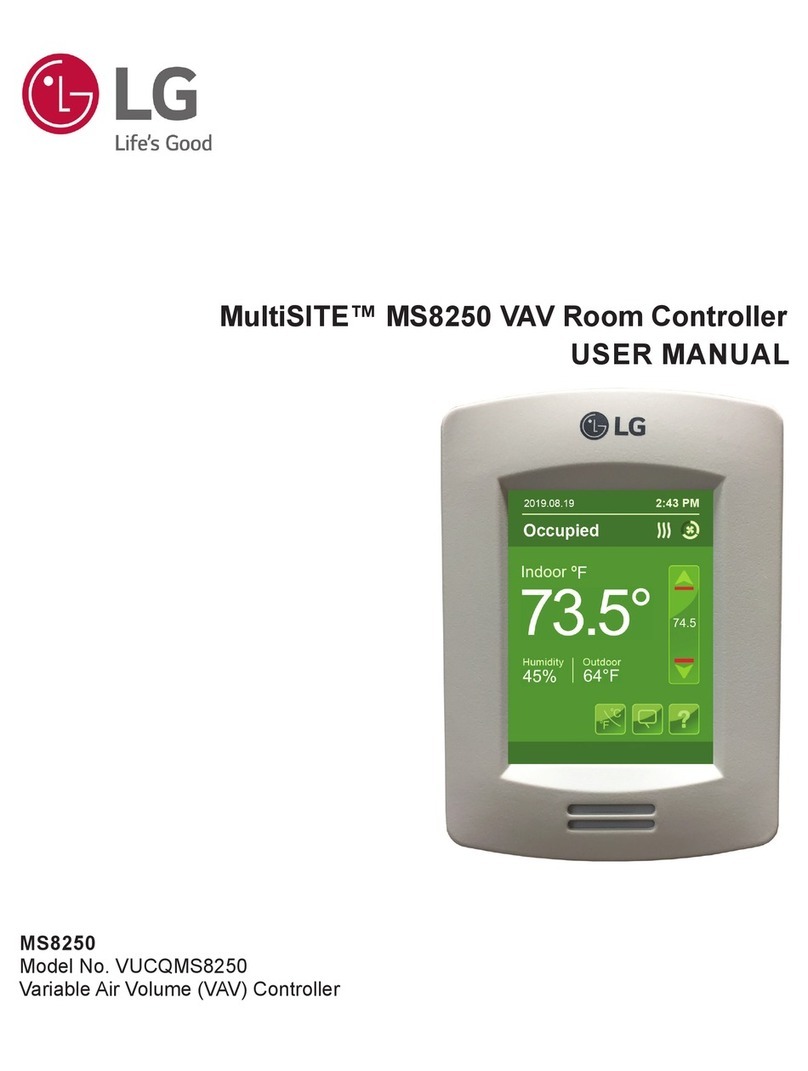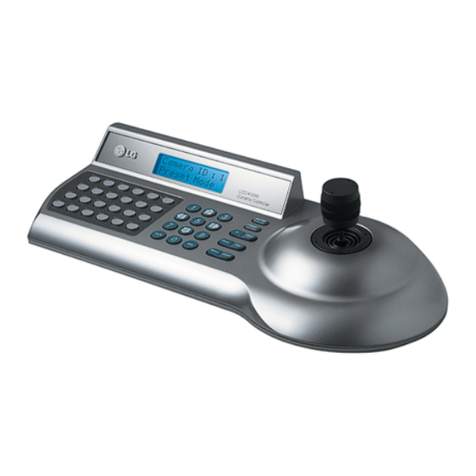
6.2.4 Digital Conversion Value ……………………………………………………………… 6 – 4
(G3F-RD3A:Addresses 10, 13, 16, 19, 22, 25, 28 and 31, G4F-RD2A:Addresses 6, 9, 12 and 15)
6.2.5 Error Code …………………………………………………………………………… 6 – 4
(G3F-RD3A:Addresses 11, 14, 17, 20, 23, 26, 29 and 32, G4F-RD2A:Addresses 7, 10, 13 and 16)
6.2.6 Specifying SET Data …………………………………………………………………… 6 – 5
(G3F-RD3A:Address 33, G4F-RD2A:Address 17)
6.2.7 Information on Run Channel …………………………………………………………… 6 – 5
(G3F-RD3A:Address 34, G4F-RD2A: Address 18)
6.2.8 Information on RTD Specification Error ………………………………………………… 6– 6
(G3F-RD3A:Address 35, G4F-RD2A:Address 19)
Chapter 7. DEDICATED INSTRUCTIONS FOR SPECIAL MODULES
(Read from/Write to Buffer Memory)
7.1 Local ………………………………………………………………………………………7 – 1
7.1.1 Read from Buffer Memory…GET, GETP…………………………………………………7 – 1
7.1.2 Write to Buffer Memory…PUT, PUTP……………………………………………………7 – 2
7.2 Remote ……………………………………………………………………………………7 – 3
7.2.1 Read from Buffer Memory…RGET …………………………………………………… 7 – 3
7.2.2 Write to Buffer Memory…RPUT …………………………………………………… 7 – 4
Chapter 8. PROGRAMMING
8.1 Basic Programming ………………………………………………………………………8 – 1
8.1.1 G3F-RD3A …………………………………………………………………………… 8 – 1
8.1.2 G4F-RD2A …………………………………………………………………………… 8 – 2
8.2 Application Programming ………………………………………………………………… 8 – 3
8.2.1 A Program for Output of the Detected Temperature Value as a BCD Value ……………… 8 – 3
8.2.2 A Program for Conversing the DetectedTemperature Value(°C) into Fahrenheit(°F)
and Output as a BCD Value ………………………………………………………… 8 – 4
8.2.3 A Program when Loading the RTD Input Module onto the Remote I/O Station ……………8 – 6
Chapter 9. TROUBLESHOOTING
9.1 Errors Indicated by RUN LED Flickering …………………………………………………… 9 – 1
9.2 Troubleshooting Procedure ………………………………………………………………… 9 – 2
9.2.1 RUN LED Flickering …………………………………………………………………… 9 – 2
9.2.2 RUN LED Off ………………………………………………………………………… 9 – 2
9.2.3 Detected Temperature Value Unreadable from the CPU Module …………………………… 9 – 3
